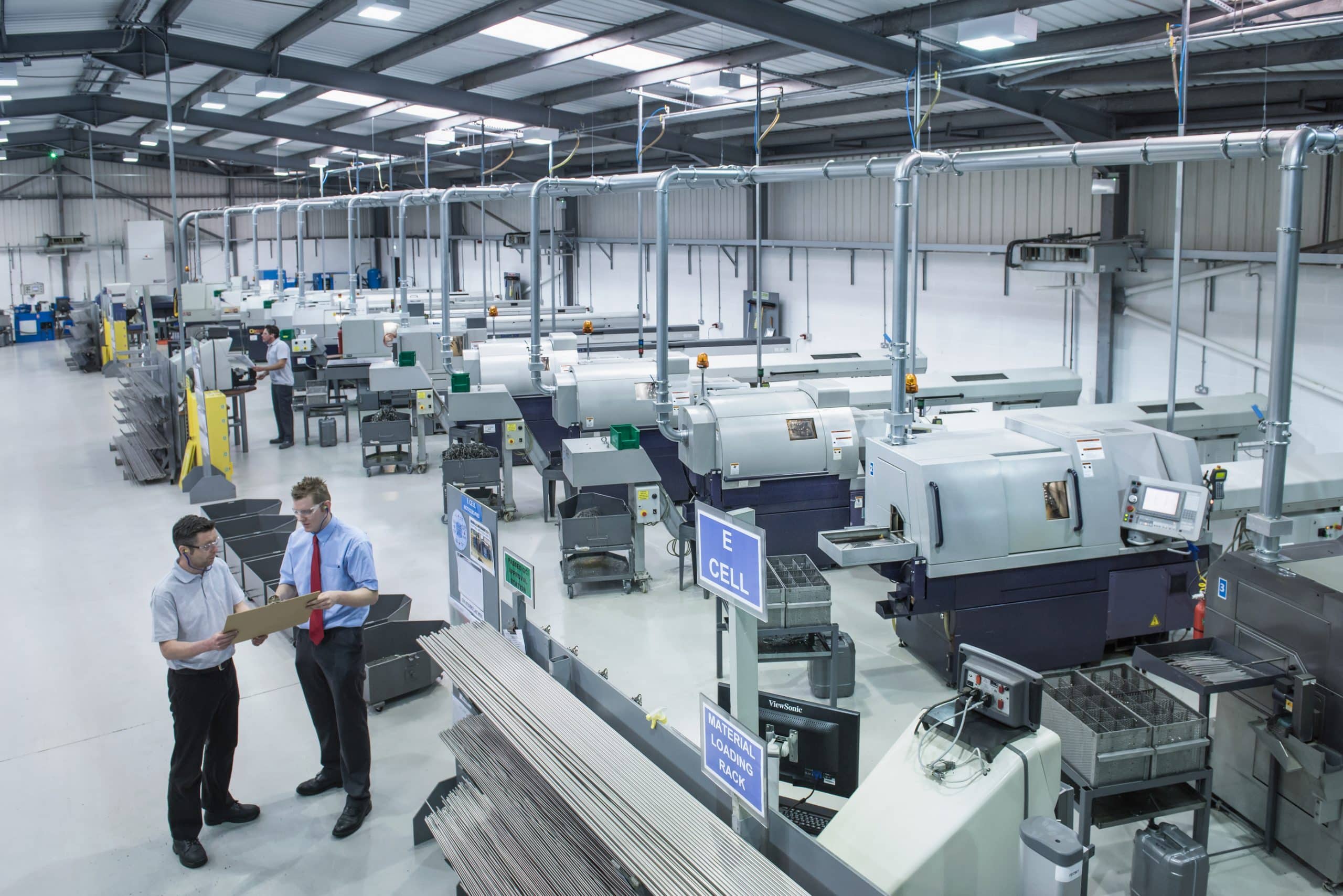How Can You Design a Home Elevator Shaft with Minimal Impact on the Existing Structure?

Amidst the hustle and bustle of the modern world, elevators have become indispensable components of buildings, both commercial and residential. They offer increased mobility and convenience, transforming the way we navigate through spaces. However, incorporating an elevator into an already existing structure comes with its challenges, especially in terms of design and structural impact. So, how can you design a home elevator shaft with minimal impact on the existing structure? This question is particularly pertinent for residential buildings where space is often a premium.
Let’s explore this topic in detail, taking into account various factors such as existing structures, space requirements, safety considerations, and cost-effectiveness.
Also read : How to Design a Child’s Bedroom with an Educational Montessori Theme?
Understanding the Requirements and Constraints
Before you delve into the design process, it’s crucial to assess the existing building and understand the constraints. Residential buildings, especially older ones, might have structural limitations that could prove to be hurdles. Therefore, understanding these constraints upfront can help you design an elevator shaft that aligns with the building’s structure without causing significant changes.
Firstly, determine the space available for the elevator shaft. An average home elevator requires a vertical space of about 10 to 12 feet, with a footprint of 15 to 25 square feet. However, the space requirement could vary depending on the type of elevator installed.
Have you seen this : How to Design a Cozy Library Nook in a Contemporary Loft?
For instance, hydraulic elevators need space for a machine room, while machine room-less elevators (MRL) save square footage. Moreover, the existing layout and design of the building may dictate the possible locations for the elevator shaft.
Secondly, consider the seismic safety requirements. In areas prone to earthquakes, the design of the elevator shaft needs to comply with seismic codes to ensure safety. This could impact the choice of materials and design specifications.
Planning for Minimal Structural Impact
The goal is to design an elevator shaft that integrates seamlessly into the existing structure without causing significant alterations. You can achieve this by leveraging innovative elevator solutions and thoughtful design planning.
For buildings with limited space, consider installing a shaft-less elevator. These elevators, also known as pneumatic vacuum elevators (PVE), operate using air pressure, eliminating the need for a conventional shaft or machine room. They can be installed directly onto the existing floor, reducing the need for extensive construction work.
Another important aspect is to plan the location of the elevator shaft strategically. Ideally, it should be located near a load-bearing wall or the central core of the building. This ensures that the load of the elevator is distributed evenly, reducing the structural impact.
Managing Costs
Incorporating an elevator into an existing building can be a costly affair. However, with careful planning and the right strategies, you can manage the costs effectively. Consider the type of elevator, the materials used for the shaft, and the cost of potential structural changes.
Remember, while hydraulic elevators might be cheaper to install, they require a machine room, which adds to the construction cost. On the other hand, MRL elevators and PVEs might have a higher initial cost but save money in the long run due to lower space and maintenance requirements.
Ensuring Safety
Safety is a paramount concern while designing an elevator shaft. The shaft should be fire-resistant and equipped with proper ventilation. Installing fire-rated doors and walls, smoke detectors, and sprinklers can enhance the safety of the elevator shaft.
In addition, the elevator system should be designed to function safely during a power outage. Consider installing an emergency backup system such as a battery-operated lowering system or a manual lowering system.
Adhering to Building Codes and Regulations
When designing an elevator shaft, adherence to local building codes and regulations is obligatory. These regulations cover everything from the space requirements for the shaft to the safety features that need to be incorporated. Non-compliance can result in fines and even the denial of occupancy permits.
In conclusion, designing a home elevator shaft in an existing building requires careful planning and consideration of various factors. The goal is to create a design that is functional, safe, cost-effective, and least disruptive to the existing structure. By following a strategic approach, you can successfully achieve this goal and enhance the utility and value of your home.
Selecting the Right Elevator System
One of the initial and crucial steps in designing a minimal impact elevator shaft is selecting the appropriate type of residential elevator system. The two main types you’ll encounter are traction elevators and hydraulic elevators. However, pneumatic vacuum elevators (PVE) and machine room-less elevators (MRL) have emerged as a popular option for residential buildings.
Traction elevators utilize a system of ropes, pulleys, and counterweights to move the elevator car. While they’re energy-efficient and capable of reaching high speeds, they require significant overhead space for the machinery. This can make them less suitable for existing structures where space is limited.
Hydraulic elevators, on the other hand, use a hydraulic piston to lift and lower the elevator car. They’re known for their smooth ride quality and can function without a machine room. However, they require a larger footprint and may not be viable if the existing building has a limited floor area.
MRLs and PVEs are newer entrants to the elevator market. MRLs are traction elevators that do not require a machine room, which can save significant space. PVEs, or pneumatic vacuum elevators, use air pressure to move the elevator car. These elevators require no pit or machine room, making them ideal for home installation with limited impact on the existing building.
The choice of elevator system will hinge on the space available, budget constraints, and the specific requirements of the home.
The Installation Process
The installation of a home elevator in an existing building involves several steps, each of which needs to be managed carefully to minimize the impact on the structure.
Once the appropriate elevator system has been selected, the next step is to prepare the location. This involves creating a hole for the elevator shaft if one does not already exist. This process needs to be done with precision to ensure that the structural integrity of the building is not compromised.
Once the hole is prepared, the next step is to install the elevator car and the associated machinery. Depending on the type of elevator chosen, this may involve fitting the hydraulic or traction system, installing the elevator car, and setting up the control system.
Following this, the elevator shaft is constructed. The shaft provides the vertical transportation path for the elevator and also houses the machinery and control systems. It needs to be sturdy and durable to ensure the long-term safety and performance of the elevator.
The final step in the process is to test the elevator and ensure it is operating correctly and safely. This involves testing the movement of the elevator car, checking the operation of the doors, and verifying the functionality of the control system.
Conclusion
Incorporating a home elevator into an existing structure can be a complex task, requiring careful planning and execution. However, with the right approach and attention to detail, it is possible to design and install a residential elevator with minimal impact on the existing building.
From understanding the constraints of the existing structure to selecting the appropriate elevator system and managing the installation process, each step plays a crucial role in achieving a successful and seamless integration. By considering these factors, homeowners can enjoy the benefits of vertical transportation without compromising the integrity or aesthetics of their homes. Ultimately, a thoughtfully designed and installed elevator can significantly enhance the functionality, convenience, and value of a residential property.
